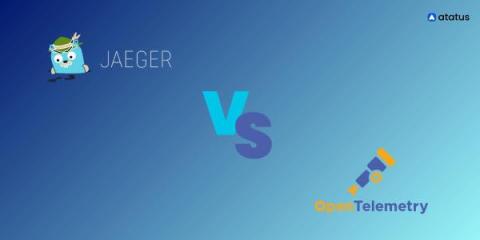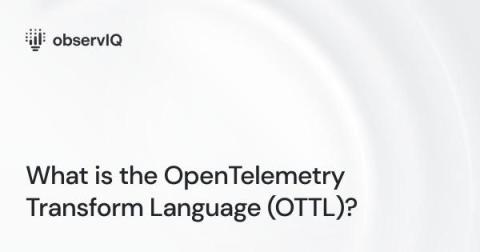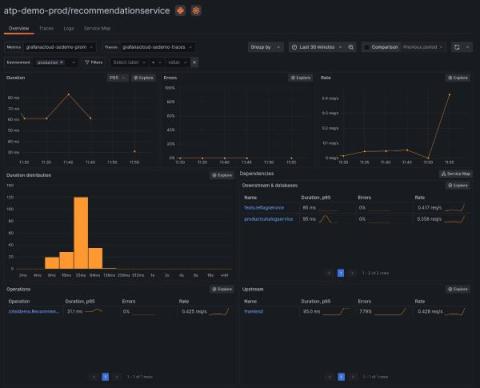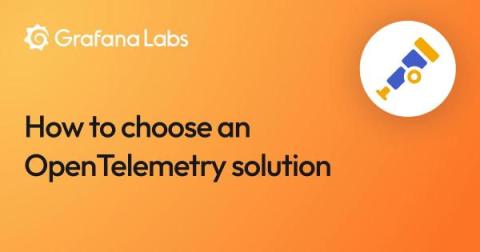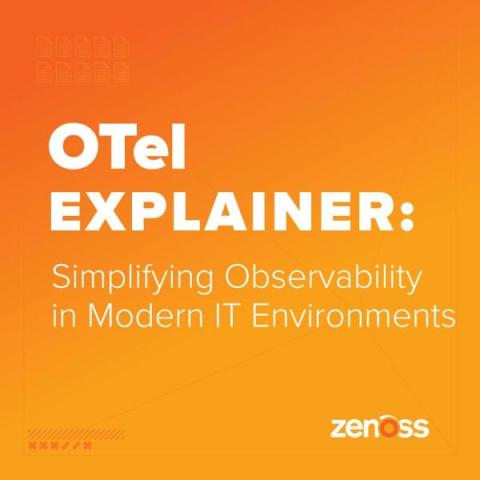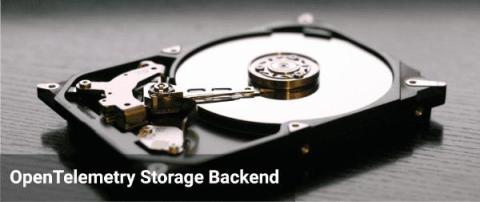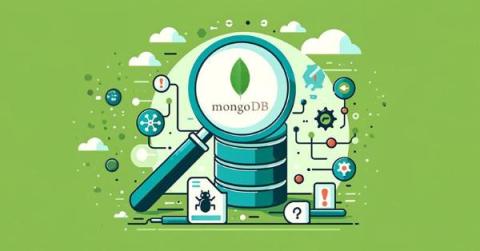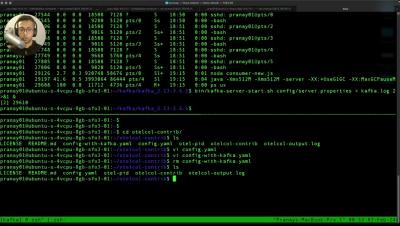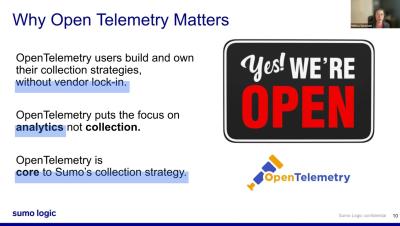Comparing OpenTelemetry and Jaeger | Key Features
Jaeger and OpenTelemetry are essential technologies that greatly improve the observability of software applications. OpenTelemetry is a vendor-neutral platform that makes it easier to create and collect telemetry data, including logs, traces, and metrics. Its extensive backend integration adaptabilities allow it to fit into a wide range of infrastructures. However, Jaeger is an expert in distributed tracing within microservice environments.


